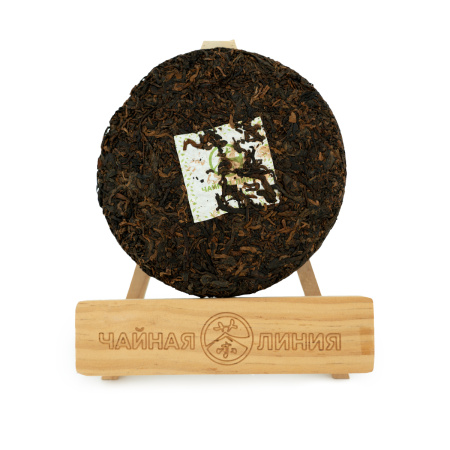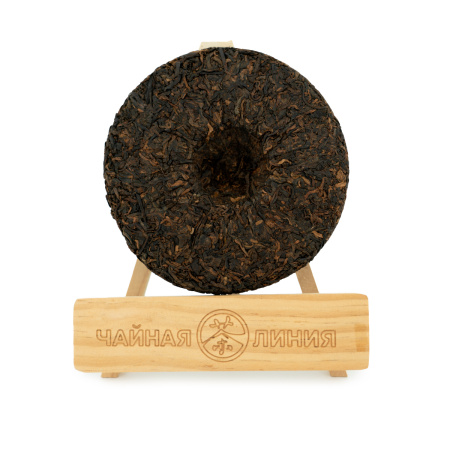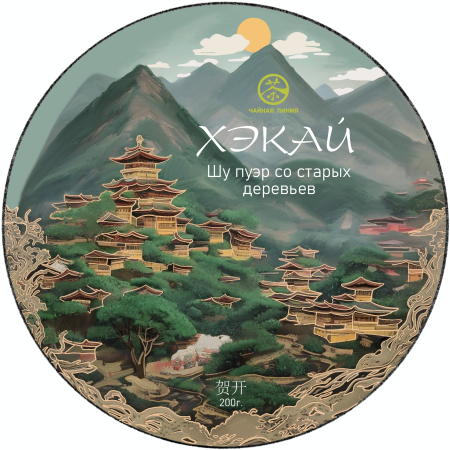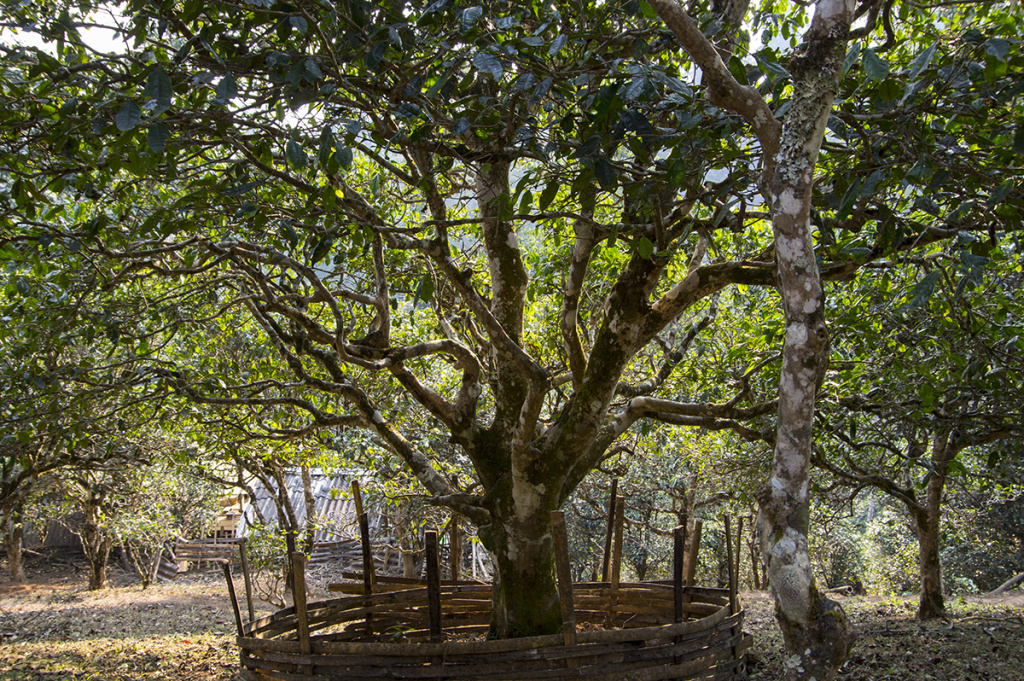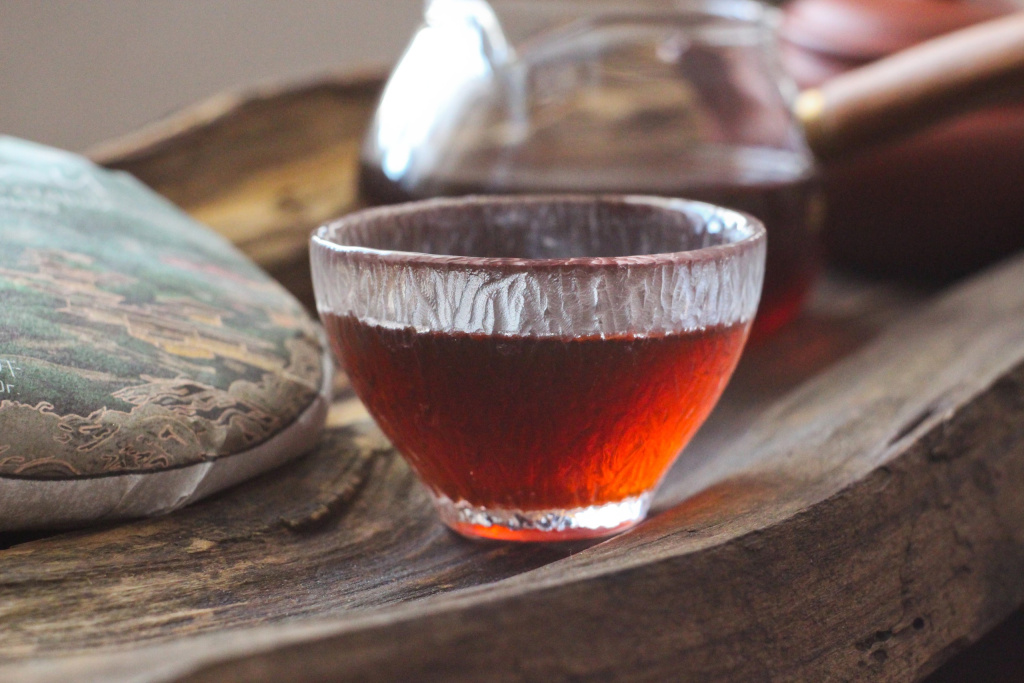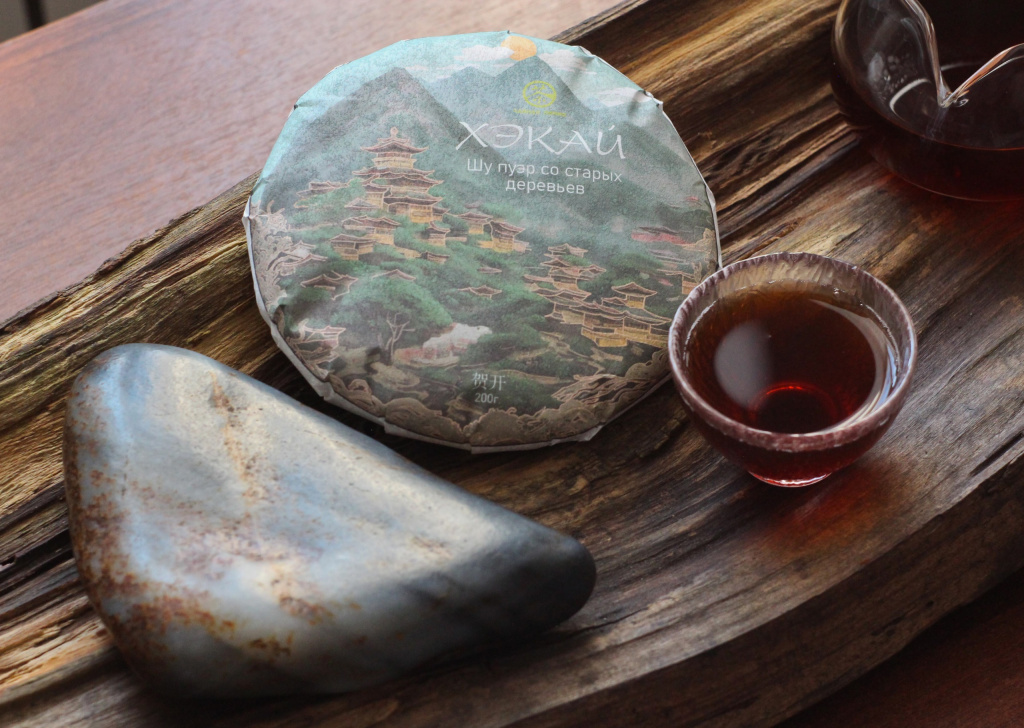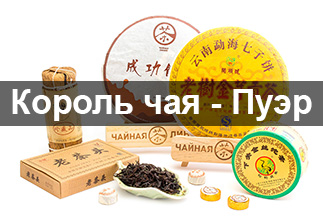-
10 Saturation
-
10 Aftertaste
-
10 Aroma
-
10 Effect
-
10 Balance
-
10 Body
Шу Пуэр 2023 г. "Хэкай" от Чайной Линии: Древняя мудрость в каждой чашке
Шу Пуэр 2023 г. "Хэкай" от компании Чайная Линия – это поистине уникальный чай, созданный из листьев старых чайных деревьев, произрастающих в высокогорной местности Хэкай. Этот пуэр – сокровище для ценителей, сочетающее в себе древние традиции и современное качество.
Происхождение и особенности
- Регион происхождения: Хэкай (贺开, Hè kāi), расположенный на юго-западе Китая. Именно здесь, в условиях высокогорья и уникального микроклимата, растут древние чайные деревья, возраст которых может достигать нескольких сотен лет.
- Сырье: Для создания этого пуэра использовались листья именно таких старых деревьев. Они отличаются особой плотностью, содержат большое количество полезных веществ и придают чаю неповторимый вкус и аромат.
Вкус и аромат
- Аромат: В сухом виде чай обладает насыщенным древесным ароматом с нотками осенней листвы и легкими фруктовыми оттенками. После заваривания аромат раскрывается более полно, появляются нотки орехов, шоколада и землистых тонов.
- Вкус: Вкус пуэра "Хэкай да шу" глубокий, многогранный и гармоничный. Сочетание сладких и терпких нот, а также легкой кислинки создает уникальное вкусовое впечатление. Во вкусе преобладают ореховые, шоколадные и древесные оттенки.
- Послевкусие: Длительное, приятное, с легкой горчинкой и сладким послевкусием.
Полезные свойства
- Тонизирование: Наполняет энергией и бодростью.
- Улучшение пищеварения: Способствует нормализации работы желудочно-кишечного тракта.
- Антиоксидантные свойства: Защищает клетки организма от вредного воздействия свободных радикалов.
- Благотворное влияние на сердечно-сосудистую систему: Помогает снизить уровень холестерина и улучшить кровообращение.
Как заваривать
Для заваривания шу пуэра "Хэкай да шу" рекомендуется использовать чайник из исинской глины или фарфоровую гайвань. Температура воды – около 95°C. Время заваривания первого пролива – 30-40 секунд, последующие проливы можно увеличивать на 10-15 секунд.
Шу Пуэр 2023 г. "Хэкай да шу" – это настоящий шедевр чайного мастерства. Его глубокий вкус и богатый аромат, а также полезные свойства делают его идеальным выбором для ценителей качественного чая.
Этот пуэр станет прекрасным дополнением к вашей чайной коллекции и позволит вам насладиться настоящим вкусом древних чайных деревьев.
|
Country
|
China |
|
Provinces
|
Yunnan (云南) |
|
Habitat
|
Хэкай (贺开, Hè kāi) |
|
Manufacturer
|
ООО "Чайная Линия" |
|
Raw material production date
|
2022 |
|
Year of pressing
|
2024 |
|
Pressing form
|
Bing Cha (Cake Tea) |
|
Declared weight, g
|
357 |
|
Tea tree (bush) variety
|
Da Ye Zhong |
|
Fermentation method
|
With a break from the ground |
|
Type of tea raw material
|
Large trees (100-300 years) |
|
Length, cm
|
15 |
|
Width, cm
|
15 |
- Reviews
- Vkontakte
Pu-erh is one of the most unique types of tea, which only gets better with age. Many people, when they first encounter this tea, wondered: why is pu-erh more often found in pressed form (cakes, bricks, tochas), and not in loose form? The reasons for this are related to both history and the practical aspects of storing and fermenting tea. Despite modern technologies that allow the production of loose pu-erh, the shape of pressed cakes remains unchanged. And pu-erh is more often found on sale in pressed form, for example, in the form of cakes or bricks, and loose pu-erh is less common. We will talk about the reasons for pressing pu-erh into cakes in this article.
Puer is a unique Chinese tea that is distinguished by its depth of taste, complexity of aromas and versatility of aftertaste. Its taste characteristics are formed under the influence of many factors, from growing conditions to the brewing method. Let's look at the main ones.
Mount Hekai or He Kai (in Chinese 贺开山, Hèkāi shān) is an area that has been perfectly preserved to this day, it is one of the oldest mountains in Yunnan Province. The age of the local gardens is more than 1500 years, almost the entire area of the area is occupied by mountain ranges. The trees mainly grow in a natural environment, which allows puer from such mountainous places to be rich and rich in nutrients, which it feeds on from nature and the Sun.
Over time, some consumers who are part of the country's "tea elite" discover mainland Chinese tea. And only a few get acquainted with Taiwanese varieties. The path of a tea person is usually long and thorny, but ultimately it leads to the King of Teas - puer. But not everyone is able to go all the way from ordinary teas to puer and appreciate its qualities.
The tea ceremony occupies a special place in the centuries-old Eastern tradition. And although the essence of this phenomenon remains constant, the nature and external manifestations of the tea ceremony in different nations have their own national characteristics. In each Chinese province, the tea ceremony and the tea used in it are varied: for example, residents of the southern provinces prefer green tea, and residents of the northern provinces - red tea, in Fujian province they more often use Oolong tea, and in Yunnan province Puer tea is widely known.







